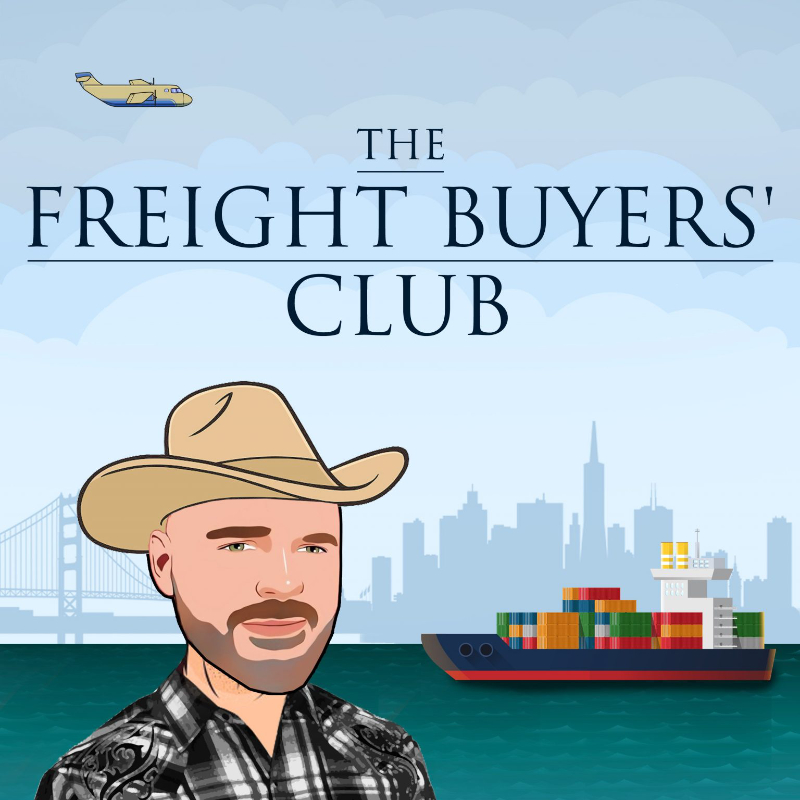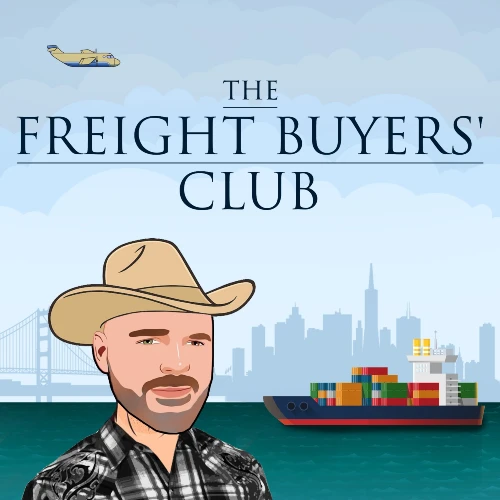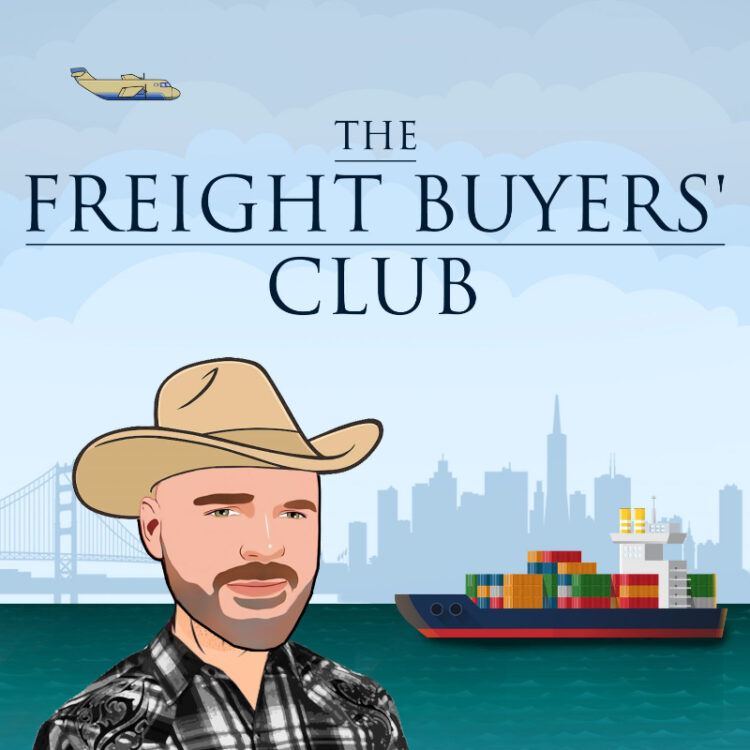Shippers turn to US West Coast terminals to avoid threat of union action and Panama and Suez Canal container shipping disruption

Some container traffic that migrated to US Gulf and East Coast ports in recent years is now being switched back to West Coast gateways by retailers and forwarders desperate to avoid supply chain disruption.
Low water on the Panama Canal and the de facto closure of the Suez Canal to container shipping due to Houthi militant attacks on vessels are causing scheduling chaos and soaring freight rates on many Asia to US East Coast box services.
Accelerating the coastal transfer is “sabre rattling” by dockworker unions representing stevedores manning US East Coast and Gulf Coast terminals. This is spooking retailers, Jon Gold, VP for Supply Chain and Customs Policy at the National Retail Federation, told The Freight Buyers’ Club podcast, produced in partnership with Dimerco Express Group.
“My members don’t want to get caught up in any kind of potential issue so they’re already planning now to shift back to the West Coast,” he said. [See video below]
When trans-Pacific contract negotiations between shippers and carriers are opened from February onwards, he expects the freight switch to accelerate.
“You’ve already got some of that shift happening because of what’s happening around Suez,” said Gold.
“I think as contract negotiations pick up in the next couple of months, you’ll start seeing some more of that shift.
“Folks want to make sure they’ve got guaranteed space going into the peak shipping season later this year.”
Harold Daggett, President of the International Longshoremen’s Association (ILA), which represents over 70,000 dockworkers on the East Coast of the US and Canada, the Gulf Coast, the Great Lakes, Puerto Rico and inland waterways, has threatened union action if a favourable deal is not reached with employers represented by the United States Maritime Alliance (USMX).
He told members last year to “prepare for the possibility of a coast-wide strike in October 2024 unless a “landmark compensation package” is agreed with USMX.
The current ILA/USMX agreement finishes at the end of September.
Gold said retailers need to “make sure that they’ve got product coming in, especially because this contract expires at the end of September, which is right smack in the middle of the peak shipping season”.
He added: “Our message to both the ILA and USMX is get back to the table and negotiate.”
East Coast vs West Coast
Earlier this month Gene Seroka, Port of Los Angeles Executive Director, said the West Coast’s market share of US containerised imports had increased 3% to 36% last year.
West Coast ports will be “as aggressive as ever” in chasing more cargo during 2024, he insisted.
Alexander King, Branch Manager for Dimerco New York and New Jersey, said multiple customers were now requesting to direct more shipments through West Coast facilities this year due to a “perfect storm of threats” to East Coast routings.
“We saw in 2022, and last year, that when we had a union dockworker threat to productivity at West Coast ports, shippers were quick to request alternative routings,” he said.
“The same is now happening in reverse with customers keen to avoid being caught out during peak season by any union action on the East Coast.
“This process is, of course, being accelerated by ongoing service disruption and higher costs due to the Red Sea crisis and record low water levels on the Panama Canal.”




